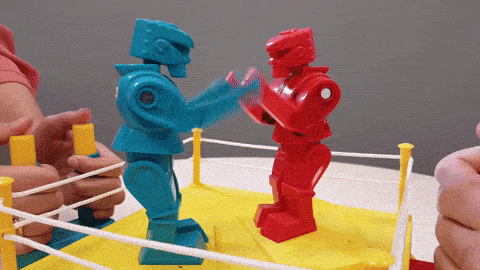Welcome to Slow Ventures’ Snailmail, where we unpack what’s on our partner’s minds each week. No fluff or consensus-seeking, just being blunt with how we see things.
TL;DR:
Simply Having a Large Codebase is No Longer a Moat
Context: Many incumbent software companies have held defensible positions simply due to the sheer size and complexity of their codebases. These codebases—full of edge cases, patches, and legacy decisions—created a moat by making it prohibitively difficult for new entrants to replicate or compete. This bulk made their products hard to love but harder to replace.
Market Signal: AI tools like Cursor and large language models don’t (yet) replace deep engineering creativity—but they do dramatically accelerate the generation and manipulation of large volumes of boilerplate code. This levels the playing field: what used to take massive teams and years of effort to replicate can now be spun up far faster. The historical “complexity moat” is eroding because AI reduces the cost and friction of building from scratch.
Takeaways:
Startup Opportunity: There’s a ripe window to build better, simpler versions of bloated incumbent products—especially in verticals where code complexity is the only defense. It might not be glamorous, but the money is real.
Market Arbitrage: If you’re not into building, you can still act on the insight—short the incumbents whose defensibility is purely based on engineering mass, not product excellence or brand.
Timing Matters: These opportunities exist now—before AI-native challengers saturate the space. The bar to compete has dropped, and the moat has dried up.
Leasing Makes the Math Work for RaaS (Robots-as-a-Service)
Context: Everyone wants to jump on the “robots take over the world” bandwagon — but as with most hard tech, the cost of building these businesses often outweighs their ability to deliver real returns.
Market Signal: As U.S. manufacturing reshoring accelerates, robots are the key tech unlock that makes domestic production price-competitive again. The macro tailwinds are real — now it’s about getting the model right.
Takeaways: Like cars before them, robots make the most sense when leased — lowering upfront costs for businesses while delivering recurring revenue for suppliers. But this model only works if you build the full stack:
Captive financing arms: To underwrite and manage asset risk
Securitization: To scale balance sheet capacity via structured debt
Secondary markets for the assets: to price, refurbish, and resell used units efficiently
Ask: Who wants to build ‘Robots-Eat-the-World’ with Will?
PortCo Activity:
Journey, a modern loyalty platform, is now available to travelers across 1500 boutique hotels and experiences around the world.
“Hoteliers don’t buy into Marriotts and Hiltons for their service quality — they buy in for distribution. Loyalty isn’t a marketing campaign; it’s built by owning the relationship, not just the brand.”

